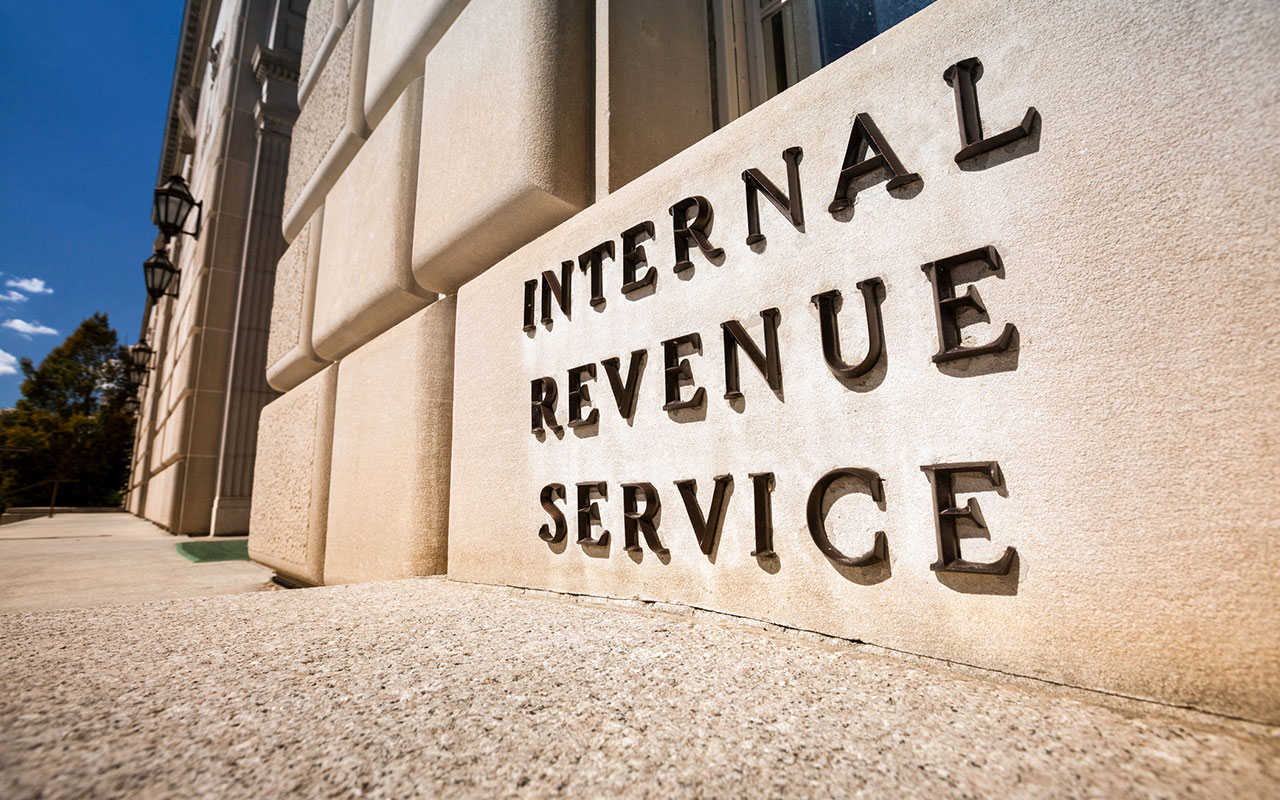Last-Minute Tax Savings Guide for 2023
April 15 is weeks away, so it's not too late to save your 2023 taxes.


For the most part, the IRS operates on a calendar-year basis. It’s too late, for example, to make deductible charitable contributions for 2023 — only donations made by December 31 qualify. But there are some exceptions that, along with reducing your 2023 tax bill, could improve your retirement security and lower your costs for health care.
Last-minute tax savings for IRA contributions
If you’re not enrolled in a workplace retirement plan, you can deduct a contribution to an IRA of up to $6,500, or $7,500 if you were 50 or older, for 2023. You have until April 15, 2024, to make your 2023 contribution.
Contributions to a traditional IRA will reduce your adjusted gross income (AGI) on a dollar-for-dollar basis, which could also make you eligible for other tax breaks tied to your AGI.

Sign up for Kiplinger’s Free E-Newsletters
Profit and prosper with the best of expert advice on investing, taxes, retirement, personal finance and more - straight to your e-mail.
Profit and prosper with the best of expert advice - straight to your e-mail.
Workers who have a company retirement plan but earn less than a certain amount may qualify to deduct all or part of their IRA contributions for 2023.
- This deduction phases out for single taxpayers with AGI of between $73,000 and $83,000 and for married couples who file jointly with AGI of between $116,000 and $136,000.
- If one spouse is covered by a workplace plan but the other is not, the spouse who isn’t covered can deduct the maximum contribution, as long as the couple’s joint AGI doesn’t exceed $218,000.
- A partial deduction is available if the couple’s AGI is between $218,000 and $228,000.
If you worked for yourself in 2023 or had a side gig, you may be able to sock away even more money — and significantly lower your tax bill. You have until April 15 — or October 15 if you file for an extension — to set up and contribute to a SEP IRA, a retirement plan designed for self-employed workers, small businesses and sole proprietors. For 2023, you can deduct contributions of up to 20% of net self-employment income, up to a maximum of $66,000.
Roth IRA contribution deadline for 2023
You also have until April 15 to contribute to a Roth IRA for 2023. Contributions to a Roth are after-tax, so they won’t lower your tax bill. But if you’re 591⁄2 or older and have owned your Roth for at least five years, withdrawals are tax-free. Contributing to a Roth will also protect your savings from future tax hikes. Here, too, there are income limits for 2023.
- Single taxpayers with modified adjusted gross income (MAGI) of $138,000 or less can contribute the full amount.
- Those with income of between $138,000 and $153,000 can make a partial contribution.
- Married couples who file jointly can make the full contribution if their MAGI is $218,000 or less.
- Those with modified adjusted gross income between $218,000 and $228,000 can make a partial contribution.
In the past, you could make only pretax contributions to a SEP, but legislation enacted in late 2022 allows SEP providers to offer a Roth option. However, because this change is relatively new, you may have a hard time finding a provider who has started to offer a Roth SEP.
When considering whether to invest in a deductible IRA or a Roth, look at your time horizon, says Lowell Smith, cofounder of IRALOGIX," which provides tech-driven IRA solutions to the wealth management industry. If you’re still years away from retirement, the Roth may be the better option because you’ll enjoy years of tax-free growth, he says. If you plan to retire within 10 years, you may want to opt for the deductible IRA.
Save for health care costs
You have until April 15 to set up and fund a health savings account (HSA) for 2023. To qualify, you must have had an HSA-eligible insurance policy in 2023 that started no later than December 1. The policy must have had a deductible of at least $1,500 for individual coverage or $3,000 for family coverage.
You can contribute up to $3,850 to a 2023 HSA if you had single coverage or $7,750 if you had family coverage. You can contribute an additional $1,000 if you were 55 or older in 2023.
Contributions reduce your adjusted gross income. The money in your account will grow tax-free, and withdrawals to pay medical expenses are also tax-free.
Note: This item first appeared in Kiplinger's Personal Finance Magazine, a monthly, trustworthy source of advice and guidance. Subscribe to help you make more money and keep more of the money you make here.
Related Content
Get Kiplinger Today newsletter — free
Profit and prosper with the best of Kiplinger's advice on investing, taxes, retirement, personal finance and much more. Delivered daily. Enter your email in the box and click Sign Me Up.

Block joined Kiplinger in June 2012 from USA Today, where she was a reporter and personal finance columnist for more than 15 years. Prior to that, she worked for the Akron Beacon-Journal and Dow Jones Newswires. In 1993, she was a Knight-Bagehot fellow in economics and business journalism at the Columbia University Graduate School of Journalism. She has a BA in communications from Bethany College in Bethany, W.Va.
-
 Stock Market Today: Stocks Struggle Amid Tariff Uncertainty
Stock Market Today: Stocks Struggle Amid Tariff UncertaintyBoeing dropped after China suspended new aircraft orders, while Bank of America and Citi climbed on earnings beats.
By Karee Venema
-
 Starbucks 2025 Dress Code Changes: See the New Look
Starbucks 2025 Dress Code Changes: See the New LookThe 2025 Starbucks dress code change features a uniformed look as part of creating a more familiar and friendly cafe experience.
By Sean Jackson
-
 Which Generation Pays the Most Taxes in the U.S.?
Which Generation Pays the Most Taxes in the U.S.?Tax Burden Polls show that most people feel like taxes are unfair. But which age group bears the brunt of the tax burden in the United States?
By Kelley R. Taylor
-
 Tax Day 2025: Don’t Miss These Freebies, Food Deals and Discounts
Tax Day 2025: Don’t Miss These Freebies, Food Deals and DiscountsTax Day You can score some sweet deals on April 15 in some select restaurants like Burger King, Shake Shack, and more.
By Gabriella Cruz-Martínez
-
 Tax Time: Does Your Kid Influencer Owe Taxes?
Tax Time: Does Your Kid Influencer Owe Taxes?State Tax Some minors are making big money on social media. Here’s how to know if they need to file taxes.
By Gabriella Cruz-Martínez
-
 Free IRS Tax Filing for 30 Million People: Will It Continue Under Trump?
Free IRS Tax Filing for 30 Million People: Will It Continue Under Trump?Tax Filing Direct File was piloted last year in 12 states and has since expanded to 25. But some wonder whether the program will last under the Trump administration.
By Gabriella Cruz-Martínez
-
 How Caregivers for Adults Can Save on Taxes in 2025
How Caregivers for Adults Can Save on Taxes in 2025Tax Breaks Caring for your parent or spouse can be stressful, but the IRS offers tax breaks for qualifying taxpayers. Here they are.
By Kate Schubel
-
 U.S. Treasury to Eliminate Paper Checks: What It Means for Tax Refunds, Social Security
U.S. Treasury to Eliminate Paper Checks: What It Means for Tax Refunds, Social SecurityTreasury President Trump signed an executive order forcing the federal government to phase out paper check disbursements by the fall.
By Gabriella Cruz-Martínez
-
 IRS Layoffs Spark Delays, Doubt This Tax Season
IRS Layoffs Spark Delays, Doubt This Tax SeasonTax Season Tax experts say Trump’s downsizing of the IRS is already causing problems.
By Gabriella Cruz-Martínez
-
 States with the Highest Income Tax Rates for Retirees
States with the Highest Income Tax Rates for RetireesState Tax You may reconsider living and retiring in one of these states due to high taxes.
By Kate Schubel